LOOKING FOR A NEW HOME LOAN ?
Call Us Today !
 1800 1234 427
1800 1234 427
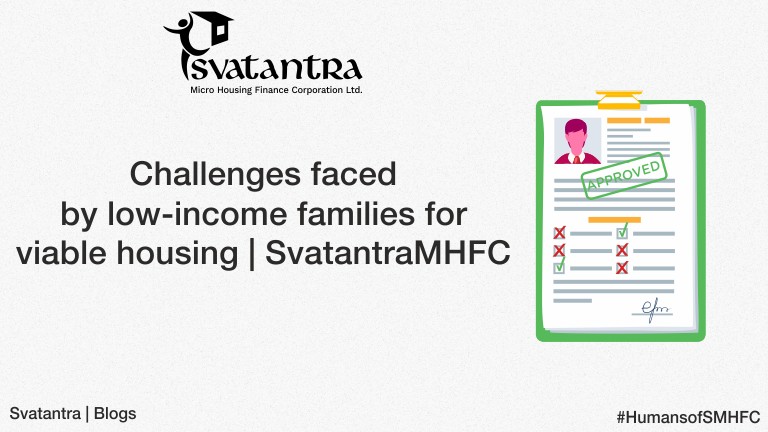
Affordable Housing for low-income households, a reality with SMHFC.
There are multiple challenges from all fronts when we talk about affordable space in the Housing sector. It is very important to understand the true meaning of affordable housing without which the solution is not possible.
What is affordable housing
Generally, the term affordable housing is used when someone wants to buy a house worth INR. 50 lacs, 2 BHK in some part of the country. The definition differs in some parts of the country, but it is largely the same, i.e. affordable housing should address the housing needs of the economically weaker sections and the lower or middle-income households.
In true sense, affordable housing will only work if it caters to the needs of people who seek to buy their first house and whose affordability capacity is less as compared to people who work in the formal sector with easy access to formal banking services.
Challenges with Affordable Housing:
Gap between Demand and Supply
As per reports published by RICS – Knight Frank, additional 25 million affordable units will be required by 2030. India’s urban housing shortage is being primarily driven by the EWS and LIG categories. An analysis of demand-supply shows that on an average, nearly 0.6 million homes are required every year, in the top eight cities versus supply of 0.2 million units per year. There is a huge supply gap for urban housing and more so in the EWS and LIG category, i.e. houses with a ticket size of less than INR 2.5 million. Whereas, the demand in the EWS and LIG category is around 0.34 million. The shortcomings that result in a shortage of affordable housing, are unavailability of urban land for affordable housing and lengthy statutory clearance and approval processes. The sector needs a push from all the fronts whether it’s State government, central Government or developers.

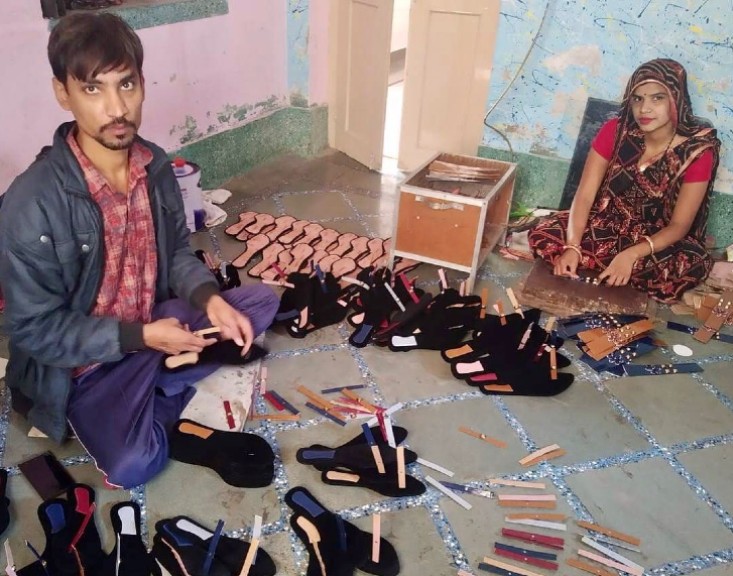
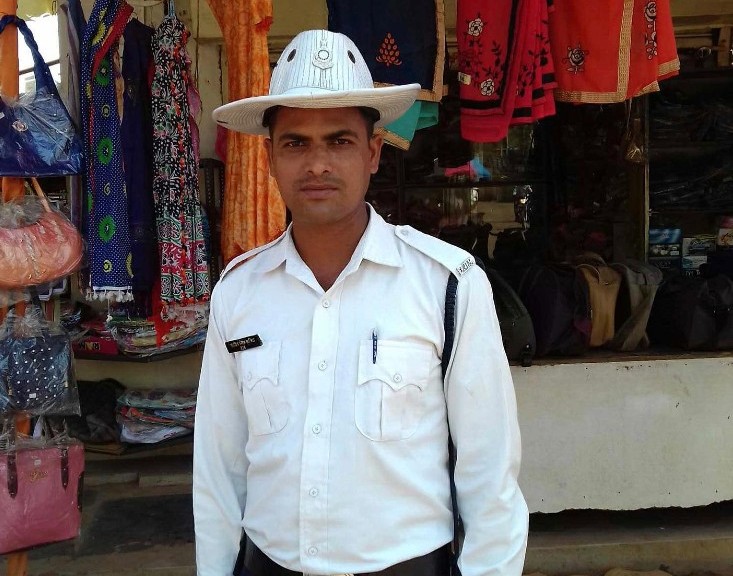
Who is providing finance to this sector?
The same report also shows a share of EWS and LIG sector in total home loan disbursal. It clearly shows the decline of EWS and LIG share over the period of the last 5 years.
| Fresh disbursals of HFCs | FY 2013 | FY 2014 | FY 2015 | FY 2016 | FY 2017 | FY 2018 |
|---|---|---|---|---|---|---|
| Share of EWS Sector | 21% | 16% | 14% | 12% | 14% | 10% |
| Share of LIG Sector | 39% | 38% | 37% | 37% | 35% | 33% |
| Total disbursals (million) | 1996210 | 2459110 | 2818260 | 3158583 | 3799906 | 4823538 |
There is a stark difference in the way traditional Banks look at this sector and the way it should. One cannot ask the daily wager worker to come to the branch, stand in a queue and fill-up the loan application form. The approach has to be different and customised keeping in mind the target group.
Approach
Whether it’s a developer or financial institution, the biggest challenge for this sector is the attitude towards serving the informal sector people. What all of us lack, is the sensitivity and the empathy towards the needs of the people working in the informal sector. On a daily basis, out of 10 people we encounter 6-7 working in the informal sector, such as the chaiwala, autorickshaw driver, pan-shop seller, security-guard, taxi driver, panipuri seller, grocery store owner etc. We need a holistic and 360-degree approach to cater to this segment.
Role of Svatantra Micro Housing Finance Corporation Ltd (SMHFC)
SMHFC has seen a decade now in the affordable housing sector. From the time when the company inspired developers to collaborate and start working for this segment to the new era where the central government has come up with a “Housing for all” strategy. With the experiment of helping few taxi drivers to have their own home in Mumbai, SMHFC started its journey and now has around 20000 clients in the last 10 years.
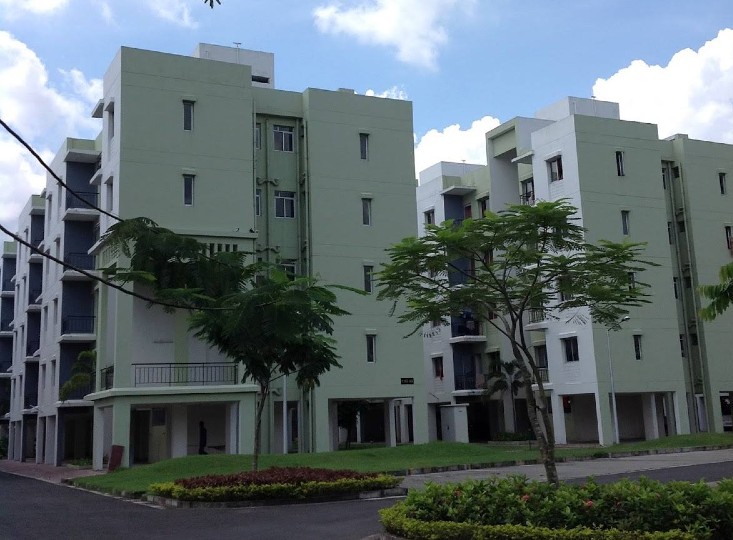
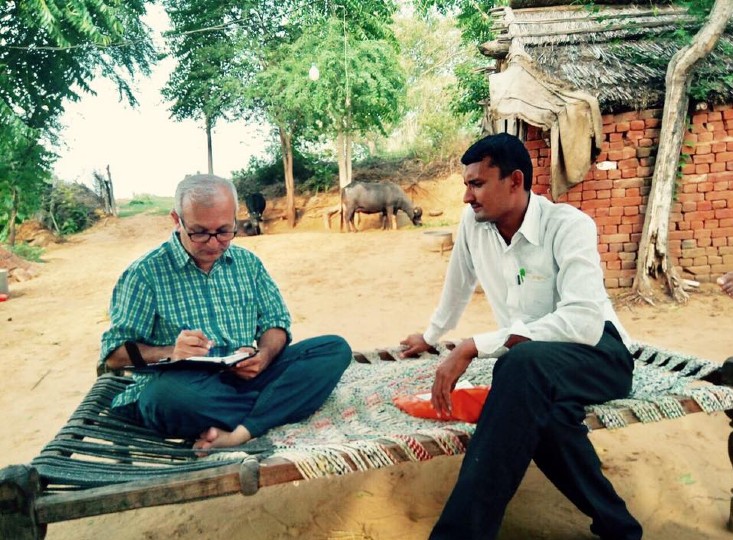
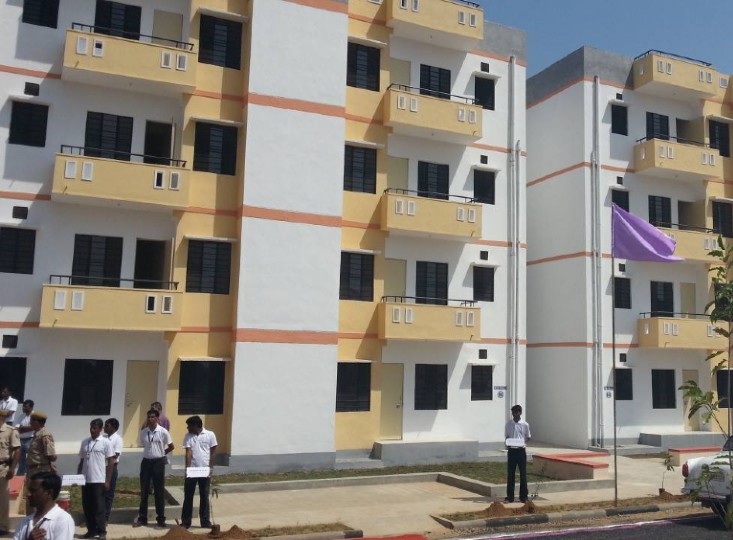
The company started its operation with a vision to bring social change and developed all its operational processes keeping customers at centre. The company has a team which has a good balance between people from industry and people from the social work sector. The passion of the people working in the company who are sensitive towards customer’s needs is the biggest strength the organization has.
The company does not have any negative profile nor does the company judge the repayment capability of the customer by his/her CIBIL score. SMHFC has its own unique way of assessing the customer’s ability to pay. It checks the intention to pay as well as the need for the house. With 10 years in the industry and one of the pioneer companies when it comes to serving the urban informal sector, it has developed an expertise in providing loans to those who have income in cash and lack in income documentation. SMHFC’s passionate field team provides service to customers for all 7 days a week. By having branchless operation, SMHFC is making sure that its team is available 24/7 on ground for its clients. Whether checking the income of milk sellers early in the morning or meeting customers at the workplace in the night shift, it is putting the best effort to make sure that maximum people can be supported in their dream of owning a house.
Overall approach of the company towards the informal sector is to make an actual difference and it also wishes that more and more companies join the mission since the demand is huge and players are limited. There is enough scope for everyone to grow.